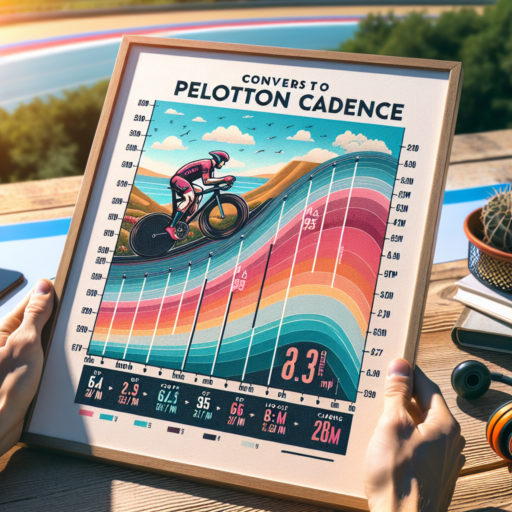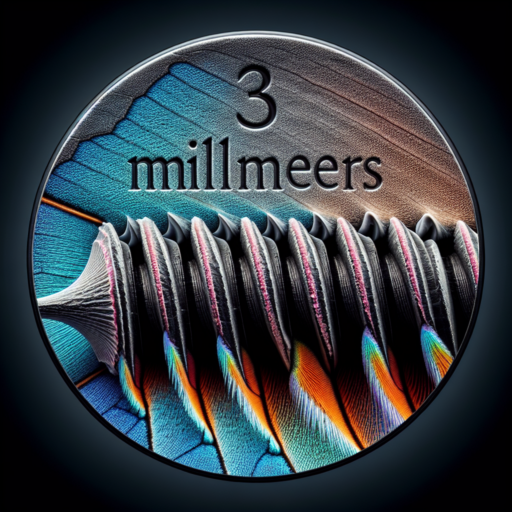Is Peloton cadence the same as RPM?
Understanding the terminology in indoor cycling can sometimes be confusing, especially when it comes to terms like Peloton cadence and RPM (Revolutions Per Minute). Both are critical metrics for cyclists looking to track their performance and improve their fitness levels. But, do these terms refer to the same concept or are there nuances that differentiate them?
Peloton cadence is a specific term used within the Peloton community and software to describe the rate at which a cyclist is pedaling. It’s measured in RPM, which stands for Revolutions Per Minute, indicating how many times the pedal makes a complete rotation in a minute. So, in essence, when we talk about cadence in the context of Peloton, we are referring to the RPM. However, the distinction lies in the application and focus of the term rather than the measure itself.
In the broader scope of cycling, RPM is a universal measurement applied not just in indoor cycling but also in outdoor biking. It’s a fundamental indicator of cycling efficiency, power output, and endurance. On the other hand, the term ‘Peloton cadence’ focuses more narrowly on the interactivity and training guidance provided by Peloton’s platform. It’s about optimizing your pedal speed in sync with Peloton’s workout regimes, aiming for a target RPM that matches the instructor’s guidance and the workout’s intensity level.
What is a good cadence for Peloton?
Finding the right cadence on a Peloton bike can make a substantial difference in the way individuals engage with their workouts, offering an optimal blend of challenge and efficiency. Cadence, or the rate at which a cyclist pedals, is often measured in Revolutions Per Minute (RPM). A good cadence for Peloton users typically ranges between 80-110 RPM for most workouts. This spectrum suits a variety of training goals, from endurance building to strength training, ensuring that users can find a pace that challenges them without risking overexertion.
It’s essential to understand that the ideal cadence also depends on the workout type and individual fitness levels. For instance, beginners might find it more comfortable to aim for the lower end of the good cadence range as they build up their strength and stamina. In contrast, more advanced riders might strive for the higher end to push their limits. Additionally, when engaging in sessions focused on high-intensity interval training (HIIT), users might see their cadence peak even higher temporarily. Therefore, adjusting cadence goals based on personal fitness and the nature of the workout is crucial.
Monitoring and adjusting your cadence during Peloton rides can offer numerous benefits, including improved cardiovascular health, better muscle endurance, and increased caloric burn. To aid in tracking these metrics, Peloton bikes come equipped with digital displays that show real-time cadence, helping riders stay informed and adjust their pace as necessary. By maintaining a cadence within the recommended range, cyclists can ensure a more effective and sustainable workout experience.
No se han encontrado productos.
How do you convert cadence to Speed on a spin bike?
Converting cadence to speed on a spin bike may seem complex, but with a bit of understanding and some simple mathematics, it’s entirely feasible. Cadence, measured in revolutions per minute (RPM), indicates how fast you’re pedaling, not necessarily how fast the bike is going. To conceptualize the transition from cadence to speed, one needs to consider the gear ratio and wheel size of the bike, factors that significantly influence this conversion.
Understanding Gear Ratios and Wheel Circumference
The gear ratio on your spin bike plays a pivotal role in this conversion. It determines the distance traveled with each pedal revolution. A higher gear ratio means more distance covered per pedal turn, influencing the speed directly. Additionally, the wheel circumference – the distance around the tire – is essential. Bigger wheels cover more distance per revolution, affecting the speed calculation. By knowing these two metrics, you can begin to estimate the speed from cadence values efficiently.
Steps to Convert Cadence to Speed
- Find the gear ratio: Check your spin bike’s manual or settings to see if it provides information on gear ratio.
- Measure the wheel circumference: While most spin bikes use a standard wheel size, confirming your bike’s specific measurement is crucial for accurate conversion.
- Apply the formula: Use the formula [Speed (in MPH) = (Cadence × Wheel Circumference) × Gear Ratio × 60 / 5280] to convert cadence into speed.
Keep in mind that the accuracy of your conversion depends heavily on the precision of the measurements and the specifics of your spin bike. Adjustments to the bike’s resistance level can also affect how these equations apply, as they might alter the effective gear ratio.
How does Peloton calculate Speed?
Peloton utilizes advanced technology to calculate the speed at which users are cycling during their workouts. This process involves a combination of hardware sensors and sophisticated software algorithms to provide real-time speed data. The system measures the rotation of the bike’s flywheel and uses this information to estimate the distance covered in a specific period, thus calculating the speed.
The integral role of the bike’s resistance level is crucial in determining speed. Adjustments in resistance directly impact the calculation of speed by altering how hard a user has to pedal to maintain or increase their pace. This means that speed calculations are dynamically adjusted based on resistance levels, ensuring a personalized and accurate measurement for each user.
Furthermore, Peloton’s software uses algorithmic processing to translate the raw data from the flywheel into understandable speed metrics. This includes accounting for user input such as resistance level and cadence. By synthesizing this data, Peloton provides an engaging and informative experience, enabling users to monitor their progress and performance with precision.




